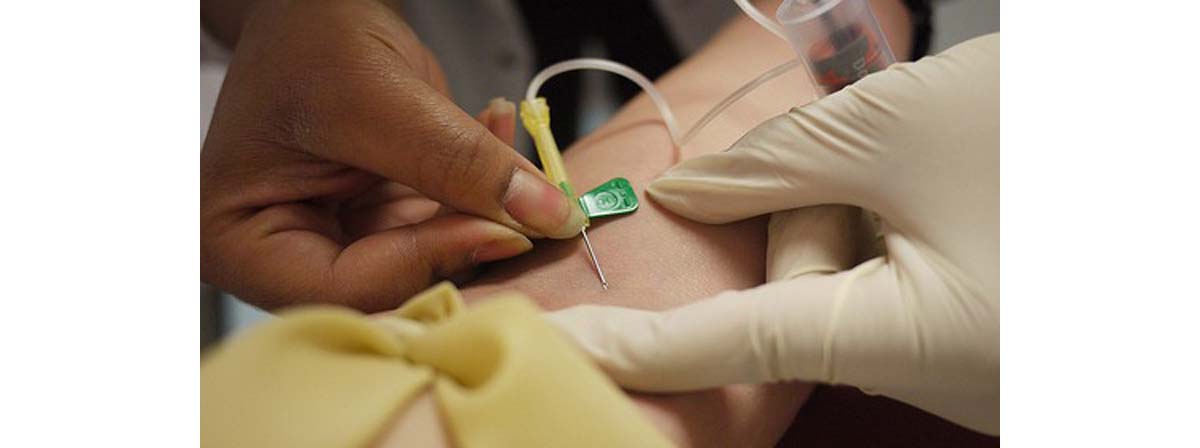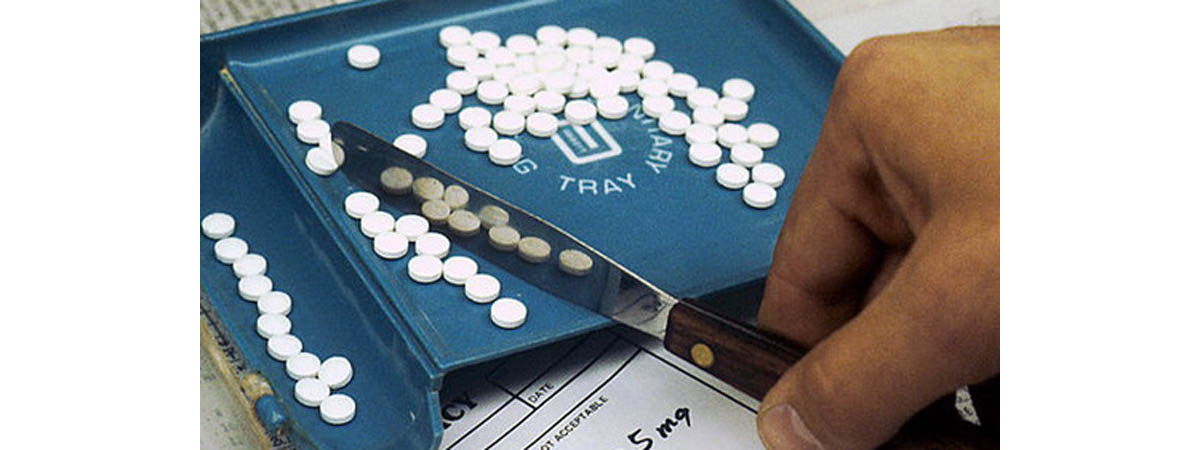Over a hundred years ago, a scientist who was called Virchow, looking at cholesterol deposits in the arteries of heart attack patients for the very first time, thought that they looked similar to porridge. After seeing them, because of this, he decided to call them atheroma which means ‘porridge’ in Greek. In more modern times, we know that the presence of atheroma in blood vessel walls is a dangerous sign that high levels of bad fats and cholesterol are circulating in the blood and action should be taken as soon as possible to lower them back down.

Let's take a look at this in the form of an analogy.
Imagine your house on the day that your favorite aunt comes to visit. Now, in your house, you have all your electronic devices, junk and papers and your clothes and music, but you don't want your aunt to see this. You want your aunt to come to a tidy house. So what do you do? You shove all the junk in your home away in a corner and simply hide it behind the furniture so that when your aunt steps through the door that day, all she can see is a clean and tidy place.
When it comes to your body, your aunt is visiting every day. OK, that was a pretty bad analogy, but in essence it is actually true. The more that we force unwanted fats and nourishment into our blood stream, the more it struggles to cope with it all. It will take the fats and store them away in fat cells around the body because fat is a very valuable substance which will give us energy when our body needs it, and our body thinks it is too good to waste, so it stores it. But cholesterol metabolism is linked to fat deposits, so it becomes altered and cholesterol is used in many other ways. High blood pressure is not at good and needs to be treated right away as it can cause damage to blood vessel walls and lead to worse things.
But if we just keep going on and on, eating the high fat meals, disregarding our bodies warning signal to stop, then eventually, the safety systems breakdown and we just cannot cope any more. These days, we are lucky enough to have the opportunity to eat, not only just when we are hungry, but when we are being social, when we’re celebrating and even when we are stressed. We are surrounded by high calorie and high fat food stuffs everywhere we turn, and inevitably, the bloodstream soon becomes full of those unwanted molecules.
We Make Our Own Cholesterol
Most cells in the body can make cholesterol, but it is the liver which is the main source of cholesterol in the blood. Cholesterol has a wide range of important functions in the body:
- It is one of the molecules which are fixed in the cell membrane and help it to maintain its fluid nature. It can change shape if the membrane needs to be more solid or liquid.
- It is vital in making Vitamin D and steroid hormones and all the sex hormones, including testosterone and estrogen.
- It is used to insulate all the nerve cells like a rubber sleeve around copper wire, to make sure the nerve signal goes where it is supposed to go and nowhere else.
Treating High Cholesterol – The Lovastatin Story
In the search for lowering high cholesterol in high risk patients, scientists first tried to target the way cholesterol is made by the body by trying the stop cholesterol pathway enzymes from working. Cholesterol is involved in many complex and inter-related pathways. First, scientists developed a drug called Triparanol. The trouble was that cholesterol is involved with so many of the body’s functions that this drug was quickly taken off the market when it was discovered that it gave people cataracts. The trouble was that it targeted an enzyme low down in the cholesterol pathway. This caused the accumulation of a by-product which started building up in the body, especially in the eyes of the people who were taking the drug.

Scientists quickly went back to the drawing board to come up with something which does not cause toxic side-effects and they tried to target enzymes which act in the early stage of cholesterol synthesis. From the work of several laboratories collaborating with one another, Lovastatin was introduced in 1980. This was to be the first of the statins, which are used to treat high cholesterol. It was safe. It did not cause a build-up of any toxic by-products and it reduced free cholesterol in the blood very effectively.
Statins For High Cholesterol
Statins work by reducing the formation of cholesterol in the liver. They interfere with enzymes which help to produce the cholesterol in the first place. Either they stop the pathway from continuing by blocking the production by taking out an enzyme completely, or they change the product into something harmless which the body can dispose of in a natural way, but does not end up in the production of cholesterol. They are thought to be safe because they do not cause any adverse side effects or harmful toxins to build up.
Your doctor might put you on statin medication for the following reasons:
- You might be perfectly healthy, but at high risk for heart disease. This could be the case for a heavy smoker, for example.
- A high level of blood cholesterol could be caused by a genetic disorder known as familial hypercholesterolaemia. This causes a gene to malfunction and prevents the natural breakdown of cholesterol.
- Someone who has already experienced a heart attack or a vascular problem and who needs to keep the levels of cholesterol in their blood stream down.
Heart disease is still something to worry about. It can be fatal or can cause disability and loss of the quality of life. But with the advances in medicines that we see today, it can be managed and controlled. The key points to take away from reading this is that if you are worried about anything, go to see your doctor immediately. From the formation of the very first statin, Lovastatin, there now exist a variety of different types of statins which can be used to reduce cholesterol levels in the blood.
It is not a magic bullet. People who take statin medication still need to watch their weight and exercise to stay healthy, but it is a part of the armor which can help us fight this deadly killer.
- Hanukoglu I (Dec 1992). "Steroidogenic enzymes: structure, function, and role in regulation of steroid hormone biosynthesis.". J Steroid Biochem Mol Biol 43 (8): 779–804
- Ohvo-Rekilä H, Ramstedt B, Leppimäki P, Slotte JP (January 2002). "Cholesterol interactions with phospholipids in membranes". Prog. Lipid Res. 41 (1): 66–97
- Photo courtesy of Thirteen Of Clubs by Flickr : www.flickr.com/photos/thirteenofclubs/5457365489/
- Photo courtesy of Linda Bartlett (photographer) by Wikimedia Commons : en.wikipedia.org/wiki/File:Resperine_prescription.jpg


Your thoughts on this